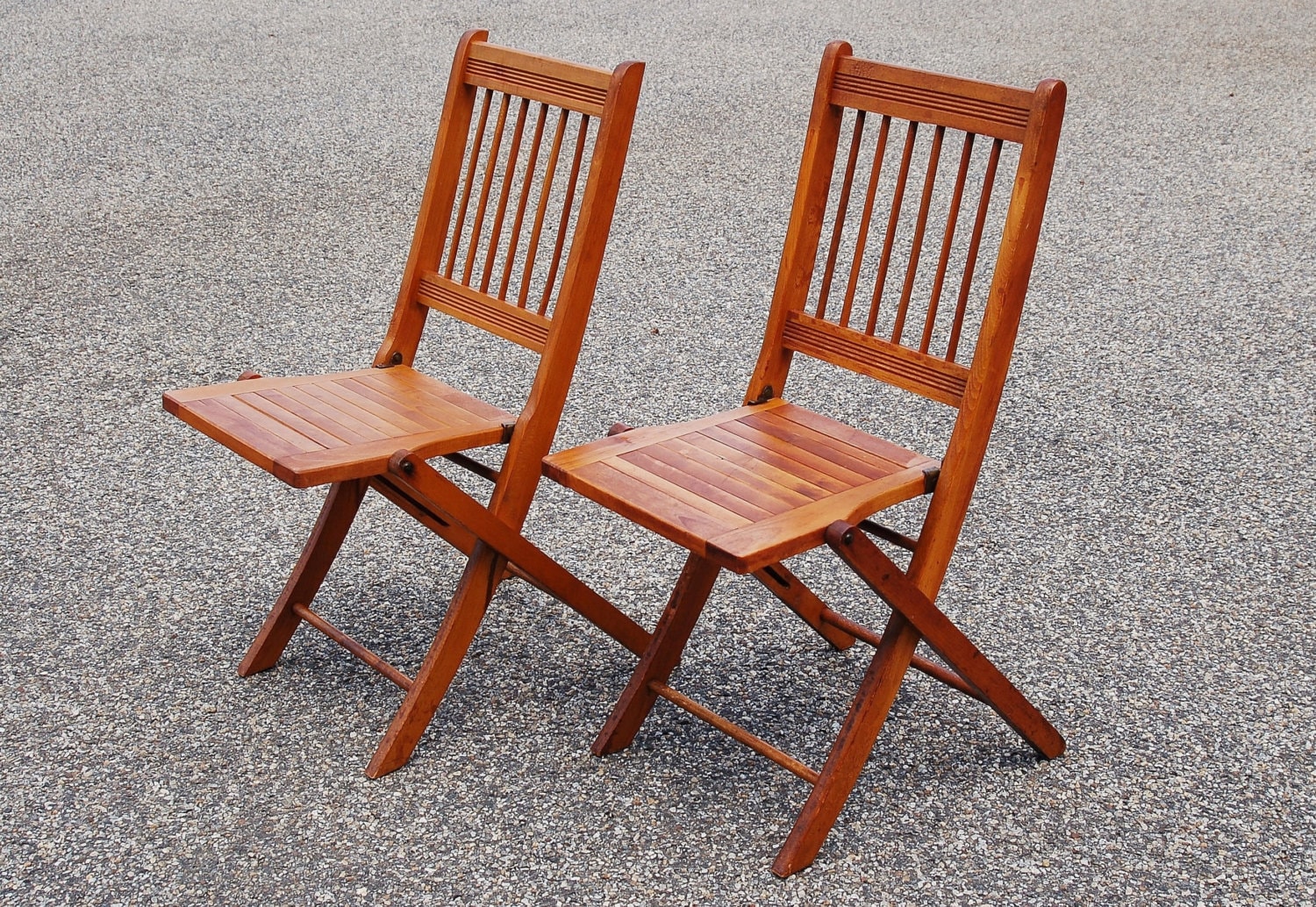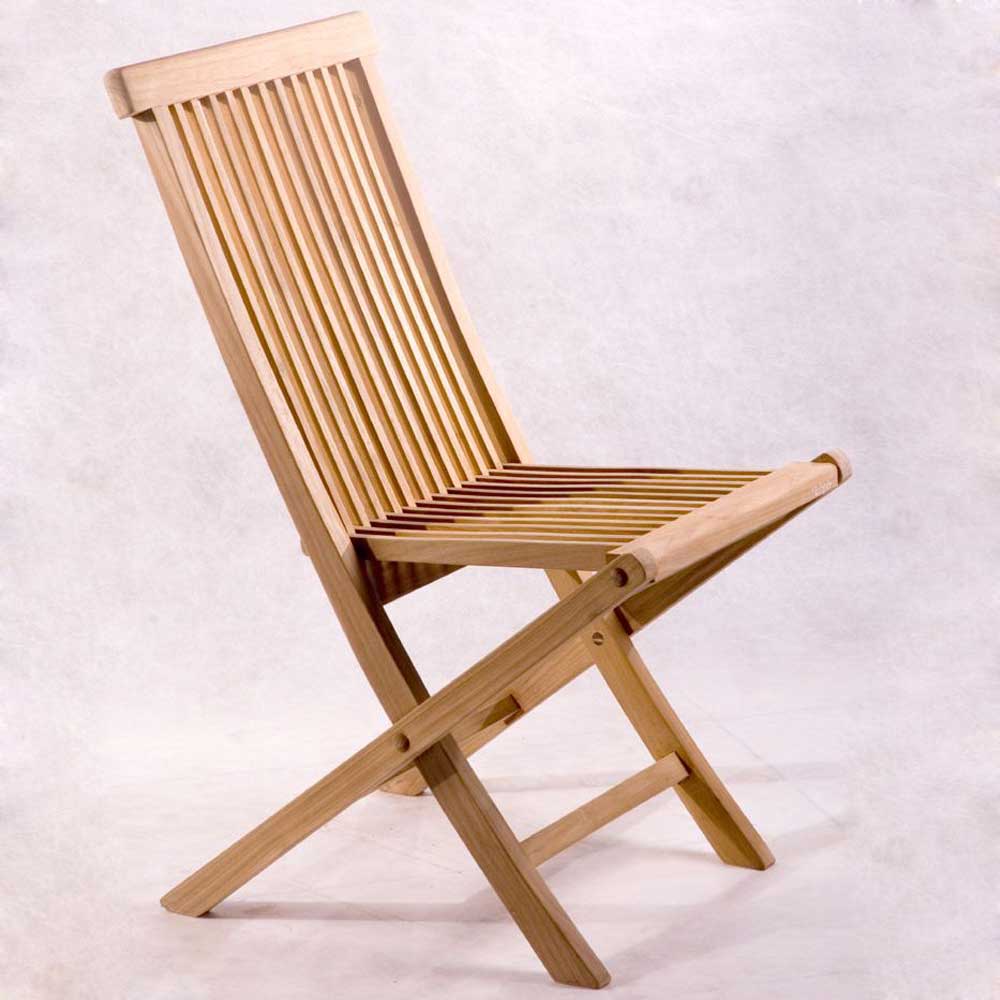Durability and Longevity

A wooden chair, crafted from nature’s resilient material, offers a remarkable blend of strength and longevity. Wood, a natural fiber, possesses inherent qualities that make it an enduring choice for furniture.
The Strength of Wood
The inherent strength of wood is a testament to its ability to withstand the test of time. Wood’s fibrous structure provides natural resilience, making it capable of bearing significant weight and resisting wear and tear.
- The grain patterns of wood contribute to its strength. The interlocking fibers within the grain create a natural resistance to bending, twisting, and compression. This inherent strength allows wooden chairs to maintain their structural integrity even after years of use.
- The density of wood is another factor that contributes to its durability. Hardwoods, such as oak, maple, and walnut, have a higher density, making them more resistant to scratches, dents, and impact. This density ensures that the chair’s surface remains intact and aesthetically pleasing over time.
Lifespan of a Wooden Chair
A well-crafted wooden chair, constructed with quality materials and skilled craftsmanship, can endure for generations. The natural durability of wood allows it to withstand the rigors of daily use, while its timeless appeal ensures that it remains a cherished piece of furniture.
- Unlike chairs made from other materials, such as plastic or metal, which may degrade or become brittle over time, a wooden chair can retain its structural integrity for decades. The natural aging process of wood, with its subtle changes in color and patina, only adds to its character and charm.
- The lifespan of a wooden chair is further enhanced by proper care and maintenance. Regular cleaning, polishing, and occasional refinishing can help preserve the chair’s beauty and extend its lifespan.
Examples of Antique Wooden Chairs
Throughout history, wooden chairs have been crafted with exceptional durability and have become cherished heirlooms. These chairs stand as testaments to the enduring nature of wood and the skill of the artisans who created them.
- The Chippendale chairs, known for their elegant design and intricate carvings, are often found in antique shops and museums, their beauty and craftsmanship enduring for centuries.
- The Windsor chairs, renowned for their sturdy construction and simple elegance, have been a staple of American furniture for over two centuries, their enduring appeal a testament to their timeless design and quality.
Comfort and Aesthetics: Advantages Of Wooden Chair

Beyond their impressive durability, wooden chairs offer a unique combination of comfort and aesthetic appeal that sets them apart. The natural warmth and tactile qualities of wood contribute to a welcoming and inviting seating experience, while its timeless elegance and versatility allow it to seamlessly integrate into various interior styles.
Natural Comfort and Tactile Appeal
Wood’s inherent properties contribute significantly to its comfortable seating experience. The natural texture of wood provides a pleasant tactile sensation, offering a gentle and comforting feel that contrasts with the cold, hard surfaces of metal or plastic chairs. The inherent warmth of wood also contributes to a sense of coziness and well-being, making it a preferred choice for creating a welcoming atmosphere in any space. The natural curves and contours found in many wooden chair designs further enhance comfort by providing ergonomic support for the body, promoting proper posture and reducing strain.
Aesthetic Versatility and Timeless Elegance, Advantages of wooden chair
Wooden chairs possess an inherent elegance that transcends trends and remains timeless. The natural beauty of wood, with its unique grain patterns and variations in color, adds a touch of sophistication to any setting. The versatility of wood allows for a wide range of design possibilities, from classic and traditional styles to modern and contemporary designs.
Wood Types and Their Unique Grain Patterns
The visual appeal of wooden chairs is further enhanced by the diverse range of wood types available, each with its own unique grain patterns and color variations. Here is a table showcasing some popular wood types and their distinctive characteristics:
| Wood Type | Grain Pattern | Color | Characteristics |
|---|---|---|---|
| Oak | Prominent, open grain with a distinctive “ring-porous” pattern | Warm brown to reddish-brown | Durable, strong, and resistant to scratches and dents. |
| Cherry | Fine, even grain with a rich, reddish-brown hue | Deep reddish-brown with a warm, golden undertone | Known for its beautiful color and smooth texture. |
| Walnut | Bold, swirling grain with rich, dark brown tones | Dark brown to almost black, with streaks of lighter brown | Highly prized for its striking grain patterns and durability. |
| Maple | Fine, even grain with a light, creamy color | Pale cream to light brown, sometimes with a subtle reddish hue | Known for its hardness and smooth, uniform surface. |
Advantages of wooden chair – Wooden chairs offer a timeless appeal, blending seamlessly with various decor styles. Their natural warmth and durability make them a popular choice for both indoor and outdoor settings. A classic example of this enduring charm is the red and white chair , a design that evokes a sense of nostalgia and comfort.
While the specific color combination may be a matter of personal preference, the enduring appeal of wooden chairs lies in their versatility and ability to create a welcoming atmosphere.
The timeless appeal of wooden chairs lies in their durability and versatility. They can be stained or painted to match any décor, and their natural grain adds warmth and character to any space. A classic example of this is the blue and white striped chair , a design that effortlessly blends modern and traditional aesthetics.
Wooden chairs, with their inherent strength and adaptability, continue to be a mainstay in homes and offices worldwide.
